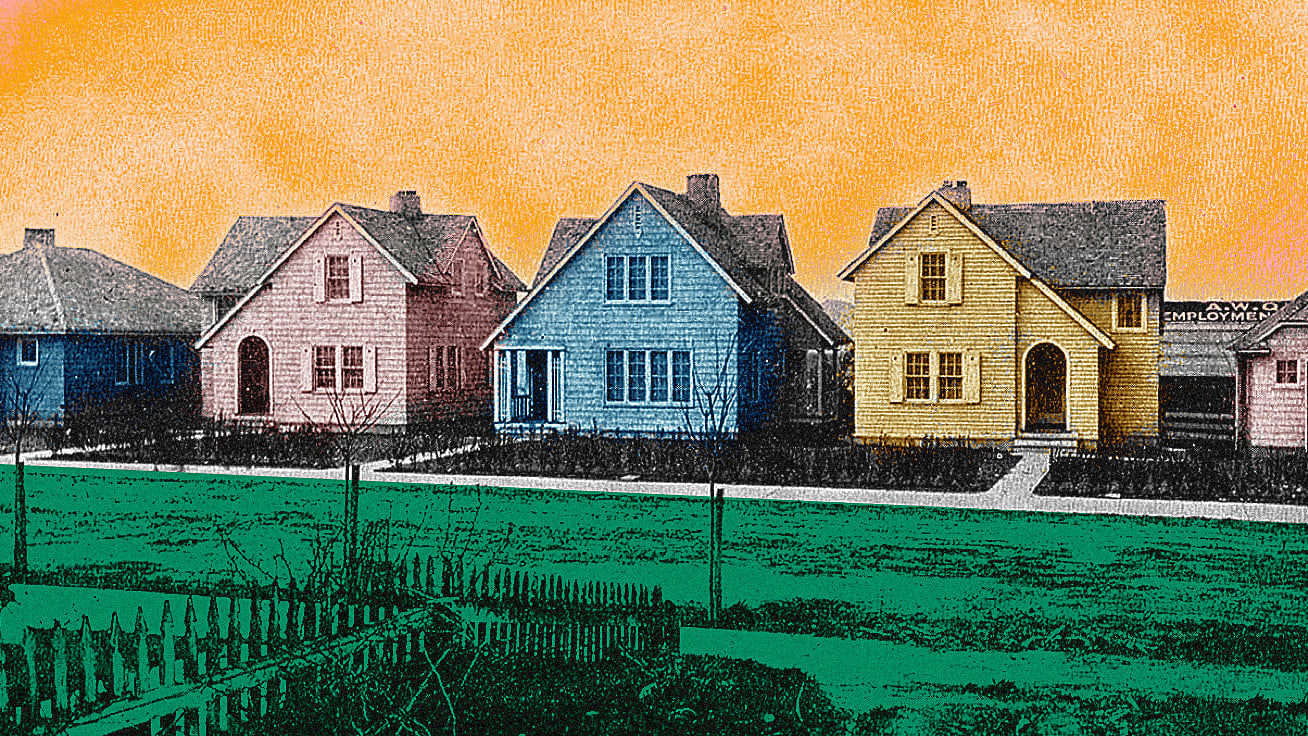
"These were thoughtfully designed neighborhoods, complete with parks, schools, shops and sewer systems."
"This brief historic moment...offers a revealing lesson on what government-led planning can achieve during a time of national need."
"When the U.S. declared war against Germany in April 1917, federal authorities immediately realized that ship, vehicle and arms manufacturing would be at the heart of the war effort."
"Over the course of two years, the agency designed and planned over 80 housing projects, enabling the provision of housing for almost 100,000 people."
In response to World War I, the U.S. government undertook an expansive housing initiative, constructing over 80 communities across 26 states in two years. Funded by Congress in 1918, this effort aimed to provide housing for industrial workers crucial to the war effort. Each neighborhood was designed with care, featuring essential amenities like parks and schools. The initiative housed nearly 100,000 individuals, demonstrating the effectiveness of government-led planning in addressing immediate national needs. Today, many of these developments remain, underscoring their lasting impact and relevance to urban planning.
Read at Fast Company
Unable to calculate read time
Collection
[
|
...
]